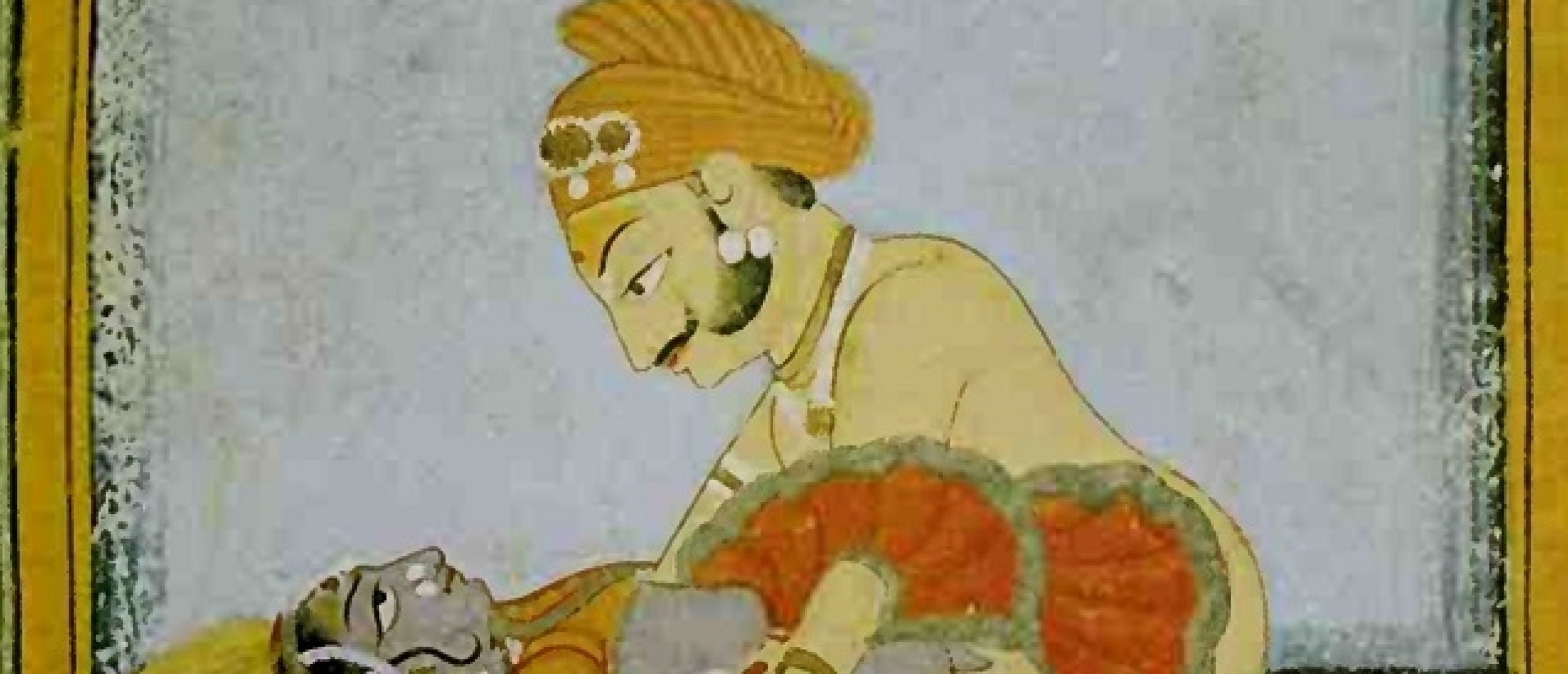
Marcel Stobbaerts, a Belgian artist born in 1899 and passing away in 1979, remains an enigmatic figure in the art world. Hailing from Vorst, a municipality near Brussels, south of Anderlecht, Stobbaerts made a notable mark as an illustrator, watercolorist, and engraver. While much of his life remains shrouded in mystery, his artistic legacy, particularly in the realms of painting and illustration, stands as a testament to his creative aptitude..

Fig.1.
Prestigious Prize
In 1924, Stobbaerts achieved recognition by winning the prestigious prize for young Belgian painting, a milestone that underscored his talent and potential within the art community. His multifaceted skills encompassed illustration, watercolors, and engravings, establishing him as a versatile artist. Notably, he shared a close friendship with Hergé, the renowned creator of Tintin, highlighting Stobbaerts' connections within the artistic circles of his time.
Significant Prices
Stobbaerts' work, spanning various mediums, reveals a keen interest in capturing diverse subjects. Some of his oil paintings, such as the "Cabaret scene in Antwerp" (Fig.2) from 1925, fetched significant prices in the commercial art market, attesting to his impact and recognition. However, the market value varied, with a bouquet of seemingly lifeless flowers commanding a comparatively modest gallery price of 1,300 euros.

Fig.2. "Cabaret à Anvers (A cabaret in Antwerp)", 1925 (Sotheby's)
Artistic Flair
Exploring the realm of books, Stobbaerts contributed frontispieces to several publications. Notably, his cubist-inspired design for "Les enfants du misfortune" by Francis Carco in 1930 showcased his artistic flair. Additionally, he engraved a frontispiece for "Les notes d'un exile" by Léon Daudet in 1929 (Fig.3), demonstrating his versatility in integrating visual elements into literary works.
Risqué Aspects
Stobbaerts' foray into clandestine erotic illustrated books is highlighted by his contribution to "Pibrac" by Louÿs. This collection, featuring 20 exquisite watercolors, reflects the Art Deco period of 1925-1930. The scenes depict interior settings of cabarets and gambling dens in Antwerp, providing a glimpse into the clandestine and risqué aspects of Belgian society during that era.

Fig.3. "Les noites d'un exile" (1929) by Léon Daudet
Clandestine Curiosas
The collaboration with Louÿs in "Pibrac" marked a unique venture into the realm of clandestine curiosas, with Stobbaerts' illustrations embodying the characteristic Art Deco style. The suite of watercolors, with their still cubist lines, captures the essence of an era that was on the brink of transition.
Most Explicit
Delving into Stobbaerts' artistic influences, his works exhibit a blend of art deco and cubist elements. His illustrations for "Pibrac" are particularly noteworthy, showcasing bright and colorful compositions with clear cubist influences. Produced using stencils and adorned with hand-coloring, these illustrations are among the most explicit depictions of sex from that period.
Below you can find some of the watercolors from the Pibrac set...

Fig.4.

Fig.5.

Fig.6.

Fig.7.

Fig.8.

Fig.9.

Fig.10.

Fig.11.
In the Premium edition we examine more closely one of Strobbaerts' most acclaimed paintings, his unique style, the artistic legacy he left behind for Belgian art and all the watercolors from the Pibrac series.
Click HERE for Aroldo Bonzagni's controversial secret erotic album










